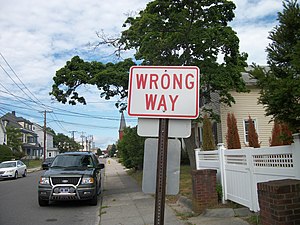People try to sell you a lot of things nowadays. There are ads nearly everywhere you look. Subways, billboards, TV, even elevators and bathrooms.
You see it whether you want to or not. Most of it is unfocused and rather random. Ads for diapers, followed by one for beer, and then one for grass seed.
After a while, you start to tune it all out. Rather than paying attention, you fast-forward, walk faster, or head to the kitchen for a snack.
Indundating isn’t marketing
They don’t seem to know, or care, what you want, so they bombard you with messages, hoping something sticks. Often, they repeat the same tired ad over and over (as if repetition will make it more interesting).
None of it is remarkable.
None of it is memorable.
GM just pulled its advertising from Facebook. Nobody was buying cars from their ads. None of the ads started a conversation; they just shouted.
It’s all failed marketing.
Trying to sell your services that way (a barrage of me! me! me!) doesn’t work. Customers aren’t there for you, you’re there for them.
Stop the failed marketing
Skip the “me! me! me!” and talk about “you! you! you!” instead. Tell a story about previous customers used your products or services. Describe how your customers feel after they buy from you. Talk about what they will get from it and how your previous customers (and other people like your prospects) felt after using your services.
Rather than “I’m a video trainer, hire me”, try “become a video star” or “go viral on Youtube.”
Notice the focus on emotions, rather than hard, cold facts. People don’t make decisions based on facts; they make them based on feelings. Then they use the facts to justify their emotional choice.
Sell the hole, not the drill
It’s an old, old saying in marketing that you sell the result, not the how you got it: the hole, not the drill.
Processes are hard. Results are fun. Many people want to lose weight, for example, but few people want to diet or exercise. Exercising and dieting aren’t a lot of fun. Looking and feeling better (after you’ve lost those extra pounds is.) Ads for diets never sell the process, only the result. What are you really selling? Fame? Money? Pride? Happiness? Figure that out and your marketing will succeed.





